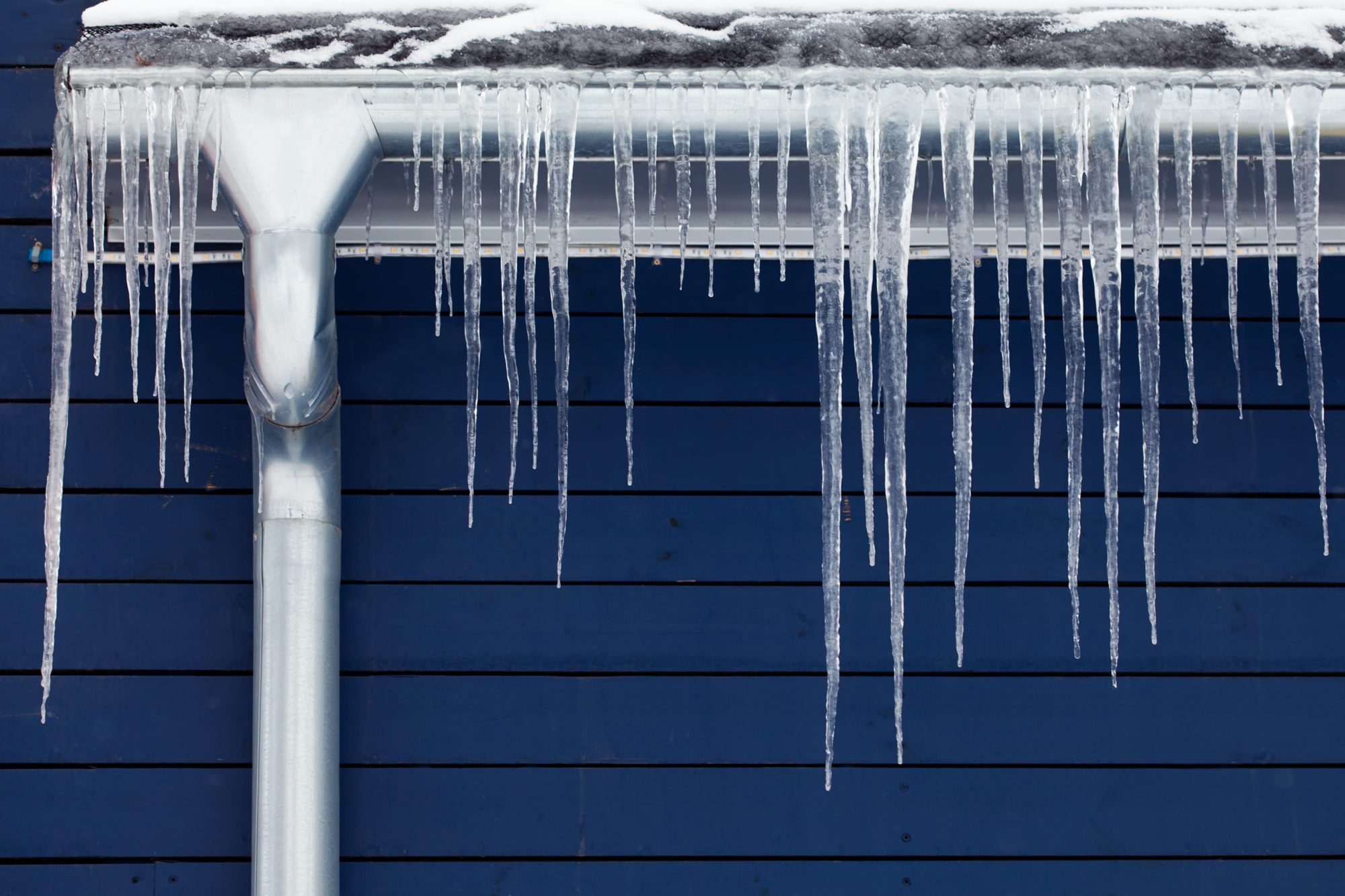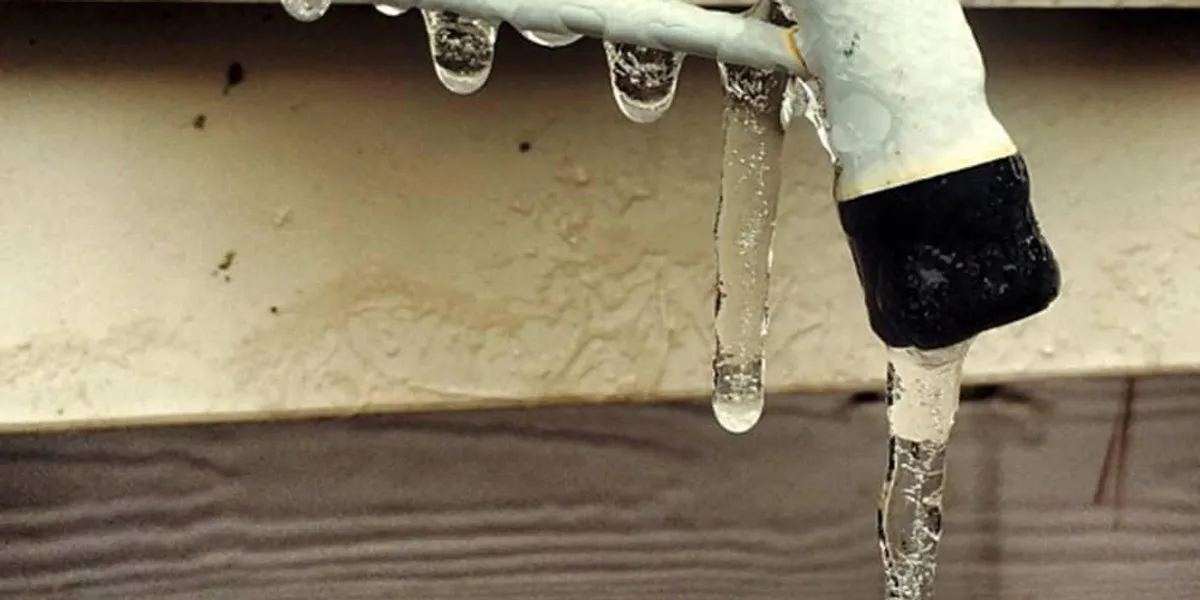The article following next about Winter Plumbing Precautions: Preventing Frozen Pipes is especially informative. Try it and draw your own results.

Winter can damage your plumbing, particularly by freezing pipelines. Below's exactly how to prevent it from occurring and what to do if it does.
Intro
As temperature levels drop, the threat of frozen pipelines boosts, potentially bring about pricey repairs and water damage. Recognizing how to prevent icy pipelines is vital for house owners in chilly climates.
Comprehending Icy Pipes
What creates pipelines to freeze?
Pipelines ice up when revealed to temperatures listed below 32 ° F (0 ° C) for prolonged periods. As water inside the pipelines freezes, it expands, putting pressure on the pipeline wall surfaces and possibly causing them to rupture.
Risks and damages
Frozen pipes can bring about water system disturbances, residential or commercial property damages, and costly repairs. Ruptured pipelines can flooding homes and trigger extensive structural damages.
Indicators of Frozen Piping
Recognizing frozen pipelines early can stop them from breaking.
How to recognize frozen pipelines
Search for reduced water flow from taps, unusual odors or noises from pipelines, and visible frost on exposed pipelines.
Prevention Tips
Insulating at risk pipelines
Cover pipelines in insulation sleeves or make use of warmth tape to shield them from freezing temperature levels. Focus on pipes in unheated or external locations of the home.
Home heating methods
Maintain indoor areas sufficiently heated up, especially locations with pipes. Open up cupboard doors to enable cozy air to circulate around pipelines under sinks.
Safeguarding Outside Pipes
Garden hoses and outside faucets
Disconnect and drain pipes yard tubes before wintertime. Mount frost-proof faucets or cover exterior faucets with protected caps.
What to Do If Your Pipes Freeze
Immediate activities to take
If you presume icy pipes, maintain taps open up to soothe pressure as the ice melts. Use a hairdryer or towels soaked in hot water to thaw pipes slowly.
Long-Term Solutions
Architectural adjustments
Consider rerouting pipelines far from outside wall surfaces or unheated locations. Include additional insulation to attic rooms, cellars, and crawl spaces.
Updating insulation
Invest in premium insulation for pipelines, attics, and walls. Correct insulation assists keep regular temperatures and lowers the threat of icy pipes.
Final thought
Preventing icy pipes calls for proactive procedures and quick feedbacks. By comprehending the causes, signs, and safety nets, house owners can secure their pipes throughout winter.
6 Proven Ways to Prevent Frozen Pipes and Protect Your Home
Disconnect and Drain Garden Hoses
Before winter arrives, start by disconnecting your garden hoses and draining any remaining water. Close the shut-off valves that supply outdoor hose bibs and leave the outdoor faucet open to allow any residual water to drain. For extra protection, consider using faucet covers throughout the colder months. It’s also important to drain water from any sprinkler supply lines following the manufacturer’s directions.
Insulate Exposed Pipes
Insulating your pipes is an effective way to prevent freezing. Pipe insulation is readily available at home improvement stores and is relatively inexpensive. Pay close attention to pipes in unheated areas such as the attic, basement, crawl spaces, or garage. Apply foam insulation generously to create a buffer against the cold. You can also wrap your pipes in heat tape or thermostat-controlled heat cables for added warmth.
Seal Air Leaks
Inspect your home for any cracks or openings that could let in cold air. Seal any holes around the piping in interior or exterior walls, as well as the sill plates where your home rests on its foundation. Additionally, make sure to keep your garage door closed unless you’re entering or exiting. Leaving it open creates a significant air leak that can lead to frozen pipes.
Allow Warm Air Circulation
During cold snaps, it’s essential to allow warm air to circulate evenly throughout your home. Leave interior doors ajar to promote better airflow. Open kitchen and bathroom cabinets to help distribute heat consistently around the rooms. If you have small children or pets, be sure to remove any household chemicals or potentially harmful cleaners from open cabinets for safety.
Let Faucets Drip
A small trickle of water can make a big difference in preventing ice formation inside your pipes. When temperatures drop significantly, start a drip of water from all faucets served by exposed pipes. This continuous flow helps prevent the water from freezing. Additionally, running a few faucets slightly can relieve pressure inside the pipes, reducing the chances of a rupture if the water inside does freeze.
https://choateshvac.com/6-proven-ways-to-prevent-frozen-pipes-and-protect-your-home/

As a serious reader on How to Prevent Your Pipes From Freezing, I thought sharing that excerpt was worth the trouble. For those who liked our blog post plz consider to share it. Thank you for being here. Return soon.
Book Instantly